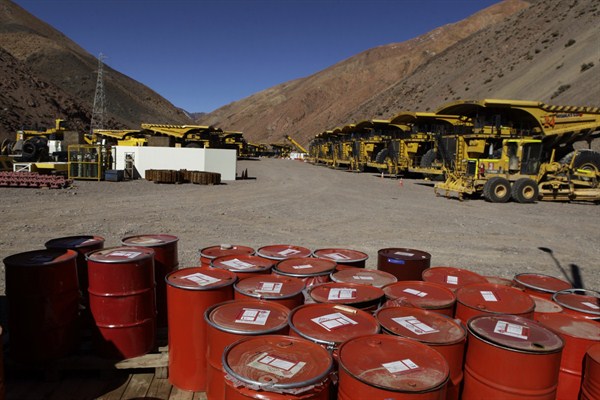Mining conflicts are intensifying across Latin America, with 218 mining projects embroiled in conflicts with 312 communities—including six conflicts spanning national borders—from Mexico to Argentina. One of the most prominent protests flared up this spring in southern Peru, at the $1.4 billion Tia Maria copper mine run by the Mexican-owned company Southern Copper. In late May, more than five years of protests came to a head there, with a general strike and police crackdown that resulted in five deaths and hundreds wounded and arrested.
One issue above all is driving the Tia Maria protests, the 34 others in Peru and the dozens more at mines across the region: water, which is heavily used and polluted in many projects. More than half of the respondents in a regional survey in 2012 pointed to water availability, water pollution or pollution in general as the source of Latin America’s mining conflicts. At the open-pit Tia Maria mine, for instance, farmers said the project would contaminate a vital river, threatening their rice crops.
Mining projects often take place in areas already facing water scarcity and water security issues, including the Atacama Desert in northeastern Chile, the glacial high Andes of Argentina, nearly all of Mexico and the Pacific-facing Peruvian slopes of the Andes, the site of the Tia Maria mine. In 2013, such mineral-rich but water-poor areas accounted for some two-thirds of all Latin American mining revenues.

